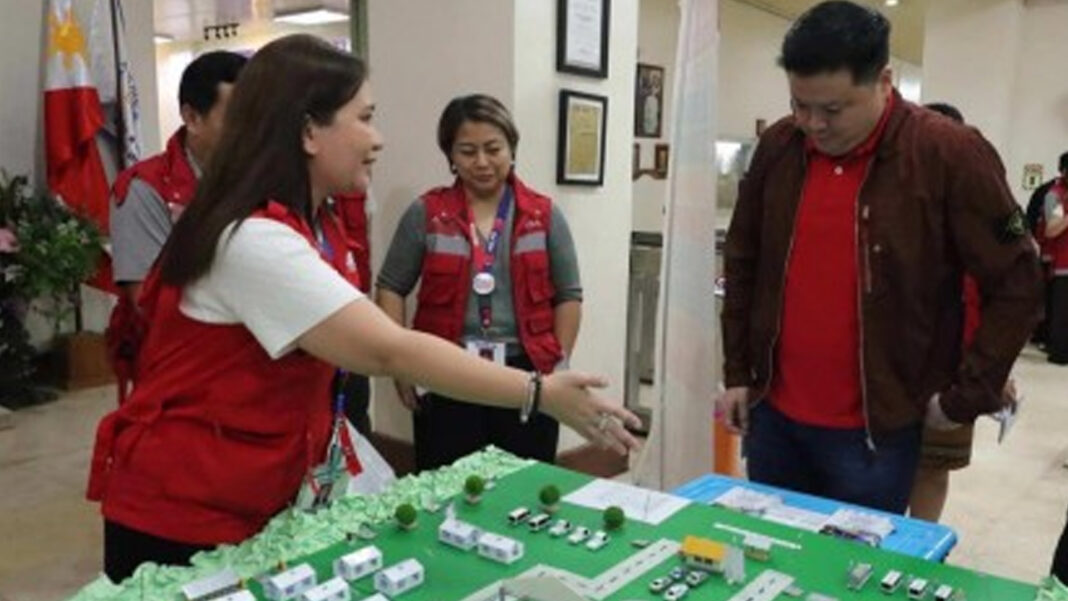Department of Social Welfare and Development (DSWD) Secretary Rex Gatchalian said Thursday the agency is looking at investing in resilient communities that are empowered and capable of rising above the effects of climate change.
“Tayo sa (Here in) DSWD, we are known for disaster response, but our promise in the next couple of days, or in the next couple of months, or in the next couple of years is to invest in resilient communities,” Gatchalian said in a speech during the agency’s celebration of the 37th National Disaster Resilience Month (NDRM) at its central office in Quezon City.
He noted that the strong weather disturbances, exacerbated by climate change, are now considered part of the new normal and are no longer a once-a-year occurrence.
“It is, thus, necessary to equip vulnerable communities with the right knowledge and capacity to become disaster resilient,” Gatchalian said.
“We will allocate funds that will capacitate communities, especially the poor, the vulnerable, and the marginalized to make themselves disaster-resilient, or they should be able to cope and adapt with the new normal.”
He cited Project LAWA (Local Adaptation to Water Access) at BINHI (Breaking Insufficiency through Nutritious Harvest for the Impoverished), which combines agricultural cultivation and climate change adaptation as a developmental and long-term solution to poverty and hunger.
Under Project LAWA at BINHI, a cash-for-training/work (CFT/W) program is implemented to provide temporary employment to community members, while equipping them with the knowledge and skills on how to address local agricultural challenges.
The project also plays a vital role in promoting climate change awareness and identifying ways to reduce its negative effects. Through its CFT/W component, participants receive training on disaster risk reduction, climate change adaptation, and practical techniques, such as gardening and water harvesting.
Meanwhile, Gatchalian thanked all disaster responders who have been working with the DSWD to aid the families affected by recent weather disturbances.
“To all our disaster-related employees, or not really disaster-related employees, anybody who is part of the DSWD, and our local government units (LGUs), thank you for the swift and coordinated disaster response that we have been doing in the past 12 days,” he said.
The DSWD’s celebration of the NDRM featured a gallery and exhibit walkthrough, showcasing the agency’s innovations and practices that contribute to national disaster resilience.
The week-long exhibit from July 21 to 25 at the DSWD central office grounds features ideal evacuation centers, mobile command center assets, mobile kitchen serving hot meals, protective mechanisms for internally displaced persons, and early recovery mechanisms and tools.
With the theme, “KUMIKILOS para sa Kahandaan, Kaligtasan at Katatagan,” the 37th NDRM aims to promote the critical role of local responders in ensuring public safety and fostering a resilient society. (PNA)


